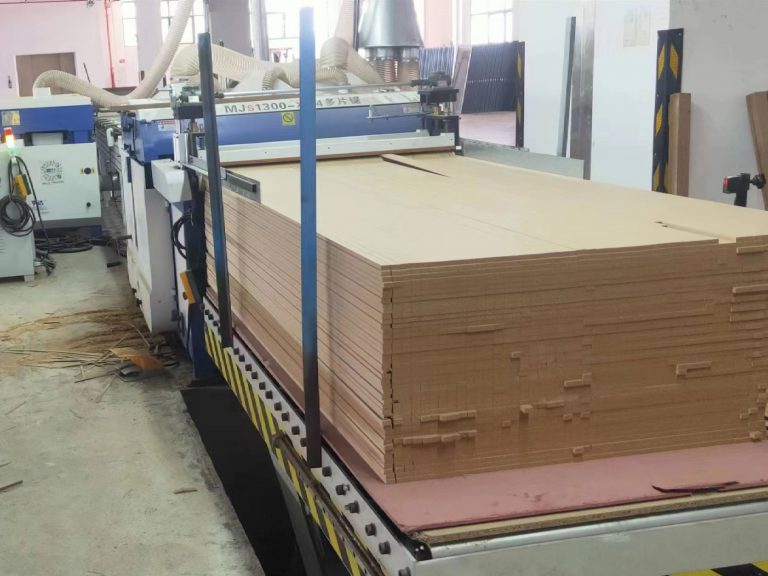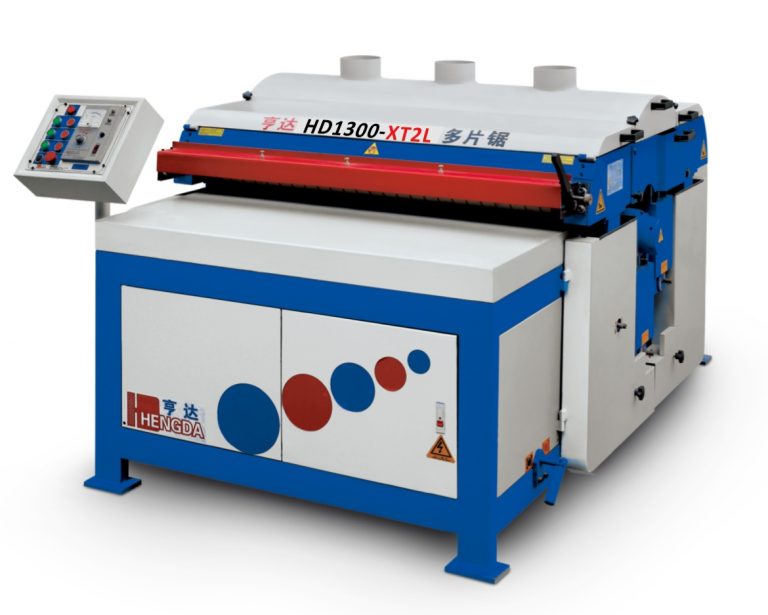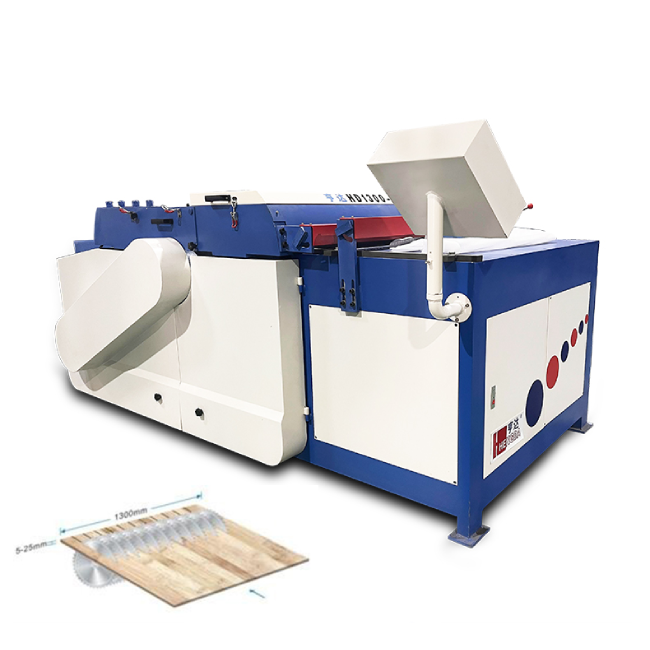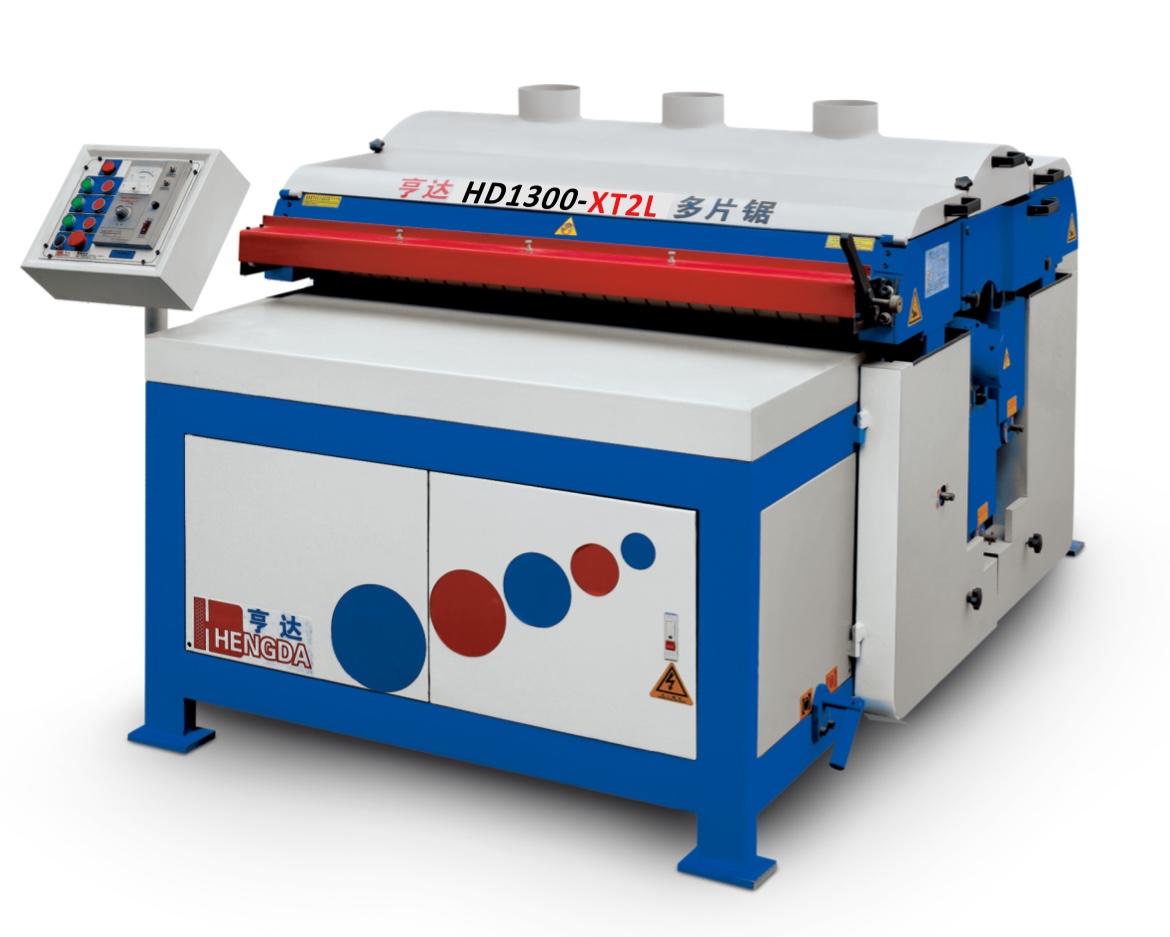
Understanding Maintenance Best Practices for Your Gang Rip Saw
When investing in high-performance machinery like a gang rip saw, one of the best ways to ensure it delivers consistent, reliable results over its lifespan is through proper maintenance. Maintenance isn’t just about keeping things running; it’s about optimizing performance, reducing downtime, extending the life of your equipment, and ultimately boosting your production efficiency.
In this article, we’ll walk through best practices for maintaining your gang rip saw, covering everything from daily inspections to long-term care. Whether you’re a first-time owner or looking to improve your current maintenance routine, these tips will help you get the most out of your saw.

Daily Maintenance: Start with the Basics
The foundation of good maintenance starts with daily care. These quick checks prevent problems before they escalate and ensure your machine runs smoothly throughout the workday.
What to Do:
- Clean the machine: Dust, wood chips, and resin can accumulate quickly, causing wear and tear on your equipment. At the end of each shift, clean the saw, especially the cutting area, blades, and dust collection system.
- Check the blade for damage: Inspect the blades daily for wear or cracks. Any damage to the blade will affect cutting precision and could damage the material or machine. If a blade is dull or damaged, replace it promptly.
- Lubricate moving parts: Keep the machine’s moving components, like the feed rollers, sprockets, and guides, properly lubricated to ensure smooth operation. Lack of lubrication can cause unnecessary friction and wear, leading to breakdowns.
- Inspect safety features: Check the machine’s safety guards, emergency shut-off switches, and other protective equipment to ensure they are functioning properly. If any safety features are malfunctioning, take the saw out of operation until they’re fixed.
Tip: Keep a maintenance logbook where daily checks are recorded. This helps track patterns and can highlight issues before they become significant.
Weekly Maintenance: Go a Step Deeper
While daily checks are crucial, weekly maintenance should focus on more detailed aspects of the saw, ensuring it operates at peak efficiency for longer periods.
What to Do:
- Examine alignment and tension: Over time, the alignment of the blades and other components can shift, which may cause uneven cuts or excessive wear. Check the alignment of the blades, feed system, and any moving parts to ensure they’re properly aligned. Also, check that the feed tension is set correctly to avoid material jamming.
- Inspect the electrical system: Look for any signs of wear or damage on the electrical system, particularly on wires, connections, and switches. Overheated wires or frayed cables can lead to malfunctions or even electrical fires.
- Check the cooling system: If your gang rip saw has a cooling system to prevent blades from overheating, inspect the cooling unit for clogs, leaks, or wear. Clean the filters regularly to maintain optimal performance.
- Examine drive components: Inspect the belts, gears, and motors for any signs of wear or abnormal vibrations. Tighten loose belts, and replace any worn-out or damaged components promptly to prevent bigger issues.
Tip: If you notice any unusual noises or vibrations while the saw is in operation, investigate immediately, as these could indicate misalignment, wear, or other mechanical issues.
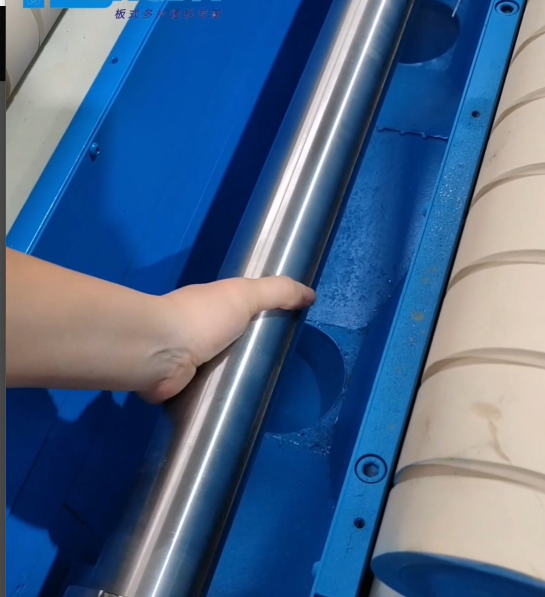
Monthly Maintenance: Optimize Performance
Monthly maintenance is more thorough and may require specialized tools or expertise. The goal here is to keep everything operating efficiently and prevent long-term damage from gradual wear.
What to Do:
- Inspect the spindle and bearings: The spindle is crucial for smooth saw operation. Inspect the bearings for any signs of wear, excessive play, or noise. Lubricate or replace them as necessary.
- Check the drive chain or gears: Inspect the drive components for any signs of wear or excessive play. If your machine uses a chain or gear system for feeding, ensure they are clean and free of debris, and check the tension to avoid damage.
- Recalibrate the saw: After extensive use, recalibrate the cutting mechanisms and the blade height settings. Over time, adjustments can drift slightly, which might affect cutting precision. Regular recalibration ensures the machine operates to factory specifications.
- Clean or replace air filters: Dust and debris can accumulate in the air filters, reducing airflow and causing overheating or inefficient operation. Clean the filters regularly, and replace them if necessary.
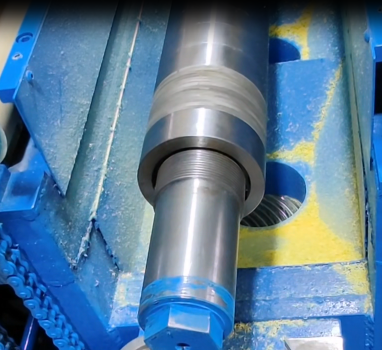
Quarterly and Annual Maintenance: Comprehensive Inspections
Every few months or once a year, it’s essential to perform a more comprehensive inspection of your gang rip saw to identify any potential issues that may not have been caught in daily or weekly checks.
What to Do:
- Inspect the entire electrical system: Perform a full inspection of the electrical system, including the control panel, wiring, and motors. Test for any signs of corrosion, wear, or potential issues.
- Inspect and replace bearings and bushings: As part of preventive maintenance, periodically check for wear on bearings and bushings, especially on high-load areas like the blade assembly and feed rollers.
- Check the machine structure for stress: Examine the frame and other structural components for cracks, bends, or signs of stress. Tighten any loose bolts or connections to prevent long-term structural damage.
Blade Maintenance: The Heart of the Gang Rip Saw
The blades are the core of your gang rip saw’s cutting power. Maintaining them properly is crucial for achieving high-quality cuts and extending their lifespan.
What to Do:
- Sharpen blades regularly: Dull blades not only affect the cut quality but also increase wear on the motor and other components. Sharpen blades according to the manufacturer’s recommendation.
- Check for balance: Unbalanced blades can cause vibrations that lead to uneven cuts and premature wear on the machine. Ensure blades are properly balanced before use.
- Store blades properly: When not in use, store blades in a dry, clean area to prevent rust or damage. Blades should be stored upright in a protective rack or case.
Conclusion: Proactive Maintenance for Peak Performance
Regular and thoughtful maintenance is key to keeping your gang rip saw running at peak performance. By investing time and effort into these best practices, you’ll not only extend the lifespan of your saw but also ensure consistent, precise cuts, reduced downtime, and lower long-term maintenance costs.
Remember, taking care of your saw isn’t just about fixing problems; it’s about preventing them. By staying on top of daily, weekly, monthly, and yearly maintenance tasks, you can keep your production lines running smoothly and efficiently for years to come.
If you’d like assistance in creating a tailored maintenance schedule or need help with troubleshooting your gang rip saw, feel free to reach out to our support team for professional guidance.

